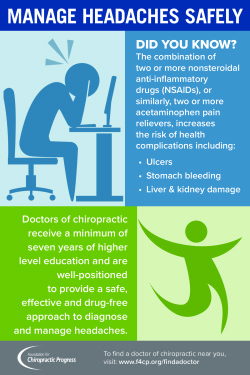The Relationship In Between Posture And Back Pain: Techniques For Preserving Correct Placement Throughout The Day
The Relationship In Between Posture And Back Pain: Techniques For Preserving Correct Placement Throughout The Day
Blog Article
Short Article Produced By-Conway Mcgowan
Maintaining appropriate posture isn't just about staying up directly; it has to do with aligning your body in a manner that sustains your spine and minimizes the danger of back pain. recommended you read sit, stand, and relocate throughout the day can significantly affect your spinal health. But how precisely can you make certain good alignment continually, even during busy days full of various tasks? Let's delve deeper into the refined yet impactful adjustments you can make to your daily routine to keep your back satisfied and healthy.
Importance of Proper Posture
Proper position is crucial in keeping a healthy back and protecting against pain. When you sit or stand with great position, your spine is in placement, lowering stress on your muscle mass, ligaments, and joints. Read the Full Post enables the body to distribute weight evenly, preventing too much stress and anxiety on certain locations that can cause pain and pain. By maintaining your spine properly lined up, you can additionally boost your breathing and digestion, as slouching can press organs and restrict their capability.
In Read the Full Article , keeping excellent position can boost your overall appearance and self-esteem. When you stand tall with your shoulders back and head held high, you radiate self-confidence and appear more friendly. Good stance can likewise make you feel extra invigorated and alert, as it promotes appropriate blood circulation and enables your muscle mass to work efficiently.
Including appropriate pose into your daily regimen, whether resting at a desk, walking, or exercising, is essential for protecting against back pain and promoting general wellness. Remember, a tiny modification in how you hold on your own can make a substantial distinction in exactly how you feel and operate throughout the day.
Common Postural Mistakes
When it involves preserving excellent position, lots of individuals unconsciously make usual blunders that can add to pain in the back and discomfort. Among one of the most widespread mistakes is slouching or hunching over while sitting or standing. This placement places extreme stress on the spinal column and can bring about muscle mass inequalities and discomfort in the long run.
An additional common blunder is overarching the reduced back, which can squash the all-natural curve of the spine and cause pain. In addition, going across legs while resting may feel comfortable, however it can develop an imbalance in the hips and pelvis, resulting in postural issues.
Making use of a pillow that's also soft or also solid while resting can likewise impact your alignment and contribute to neck and back pain. Lastly, regularly craning your neck to check out screens or adjusting your setting often can strain the neck and shoulders. Being mindful of these usual postural blunders can aid you maintain far better placement and decrease the danger of pain in the back.
Tips for Correcting Placement
To boost your alignment and decrease back pain, it's necessary to focus on making small modifications throughout your daily routine. Begin by bearing in mind your pose. When resting, ensure your feet are level on the flooring, your back is straight, and your shoulders are loosened up. Prevent slouching or leaning to one side. Use ergonomic chairs or cushions to sustain your reduced back.
When standing, disperse your weight uniformly on both feet, maintain your knees somewhat bent, and embed your pelvis. Involve your core muscular tissues to support your spine. Take lower back pain relief to extend and walk around if you have a less active job. Integrate exercises that reinforce your core and back muscles, such as slabs or bridges.
While sleeping, utilize a cushion that supports the natural contour of your neck to keep proper back placement. Prevent sleeping on your stomach, as it can strain your neck and back. By bearing in mind these suggestions and making small modifications, you can slowly remedy your positioning and reduce neck and back pain.
Final thought
Remember, preserving good position is key to stop neck and back pain and promoting spine wellness. By being mindful of your placement, distributing weight equally, and involving your core muscular tissues, you can decrease pressure on your back and minimize the threat of discomfort and injury. Include ergonomic assistance, take regular breaks to extend, and enhance your core and back muscles to preserve appropriate alignment throughout the day. Your back will thanks for it!
